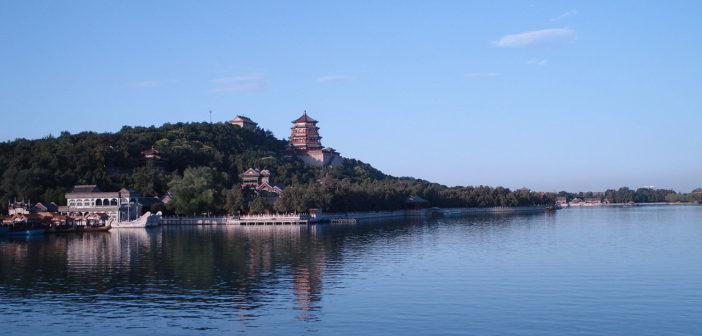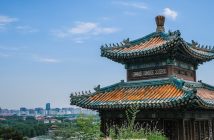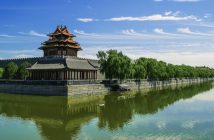Chinese authorities announced earlier this year a 144-hour (6-day) visa-free entry for international travelers in Beijing and the neighboring port city of Tianjin and parts of Hebei Province, and that’s great news for many people who want to catch a glimpse of this Asian cultural megalopolis.
Since this news came, I’ve told the people whom I’ve met in my international travels to visit Beijing. So in this edition of Beijing Bucket List, we stay true to the term, and list several options for you (and your visiting friends) to do and experience in the city.
World Heritage Path
China is home to 53 World Heritage Sites, the world’s second largest collection of humanity’s finest cultural wonders throughout the ages (Italy has one more!). You can easily cross out six sites when you’re transiting in Beijing, and depending on how long you’re staying, you can go to all six and experience more than the usual travelers (and city dwellers) do.
Day 1: Forbidden City Complex → Temple of Heaven

The left placard reads “Long Live the People’s Republic of China” (中华人民共和国万岁 Zhōnghuá rénmín gònghéguó wànsuì) while the right reads “Long Live the Great Unity of the World’s Peoples” (世界人民大团结万岁 Shìjiè rénmín dà tuánjié wànsuì)
The Forbidden City and its surrounding areas are China’s center of culture and politics. It was a sprawling imperial complex that served as the home of emperors of the Ming (1368–1644) and Qing (1644 to 1912) Dynasties. Colloquially known as Gùgōng (故宫, lit. “Old Palace”), the complex also houses the Palace Museum where you can see a selection from over 1.7 million artifacts, paintings, jewelry, bronzeware, and ceramics, dating from the Yuan (1271–1368) to the Qing dynasty – and that’s over 740 years worth. Before you enter the complex, you’ll have to pass through Tian’anmen (the Gate of Heavenly Peace), a national monument where Chairman Mao Zedong’s portrait is prominently displayed.
The complex is so huge that after a few hours inside you’ll soon think everything looks the same. Factor in the throngs of visitors, and you’ll feel exhausted. But don’t get me wrong – the grandiose halls and palaces have more history than you could ever imagine, and visiting the complex once isn’t enough to appreciate every single collection there. In my recent half-day quick tour, I explored only a quarter of the whole complex!
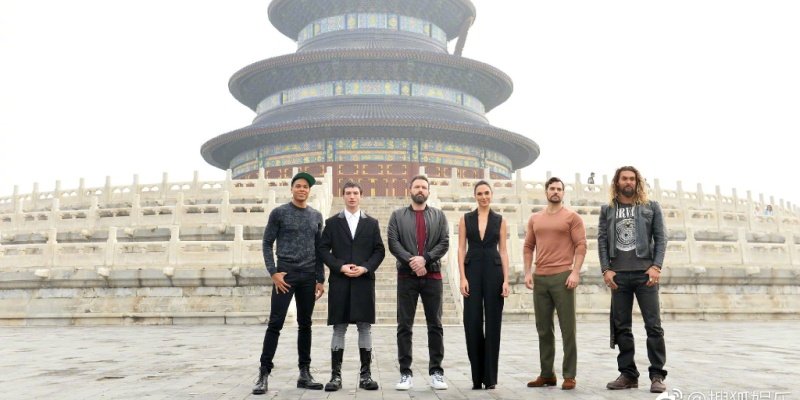
The Temple of Heaven became the Hall of Justice as DC Heroes descended on Beijing in October 2017
Your next destination is the Temple of Heaven, which isn’t in fact a single temple, but a group of prayer halls visited by emperors of ancient China for ceremonies worshiping the heavens. The Hall of Prayer for Good Harvests is the largest building in the complex and perhaps the most emblematic temple in Beijing. Other areas of interest include the Circular Mound Altar, a huge circular marble platform, and the Imperial Vault of Heaven.
The Temple of Heaven complex is usually full of tourists by midday, and they gradually disperse after 3pm. There you can see an amazing sunset behind the skyscrapers of the Central Business District (CBD). The temples are best viewed in the golden hours of the morning (around 8am) or afternoon (5pm), just before the park closes at 5.30pm.
Easiest transport option: By subway
Take Line 1 from Tian’anmen East (天安门东) station, head eastward to Sihui (四惠), then transfer to Line 5 at Dongdan (东单) station. Take the southbound train to Songjiazhuang (宋家庄) and get off at Tiantan Dongmen (天坛东门) Station Exit A2 (northwest)
If you have more time: Experience the Temple of Heaven at night, when the buildings are brightly illuminated and when there are no other pesky tourists blocking your view. There are exclusive and seasonal night tours offered at a slightly higher price. For more info, visit this article by our sister brand, the Beijinger.
Day 2: Great Wall → Ming Tombs → Summer Palace
These three locations are, in Beijing terms, pretty close to each other so if time’s an issue, you can visit them in just a day. I recommend renting a vehicle when doing this option because traveling by public transport is complicated and can be a big hassle, especially when you’re competing with hundreds of other (mostly Chinese) tourists.

The Badaling section of the Great Wall is accessible via public transport (train or buses)
Start early by visiting the Great Wall: two sections, Badaling (nearest to the city center at 50km), and Mutianyu (far north at 85km from the city center), both open around 8am. That means you’ll need to leave the city center at around 6am. Even though they’re very touristy, in the morning there are fewer visitors. I recommend going to Mutianyu as it offers a more spectacular sight of the wall, plus it has options for people with mobility issues: a two-way gondola chairlift and a slide on a metal track via a wheeled toboggan. You can stay for two hours at most because basically there’s nothing much to do but hike the endless length of the wall there. Badaling, meanwhile, is so commercialized that you might want to check if you’re really standing on the Great Wall.
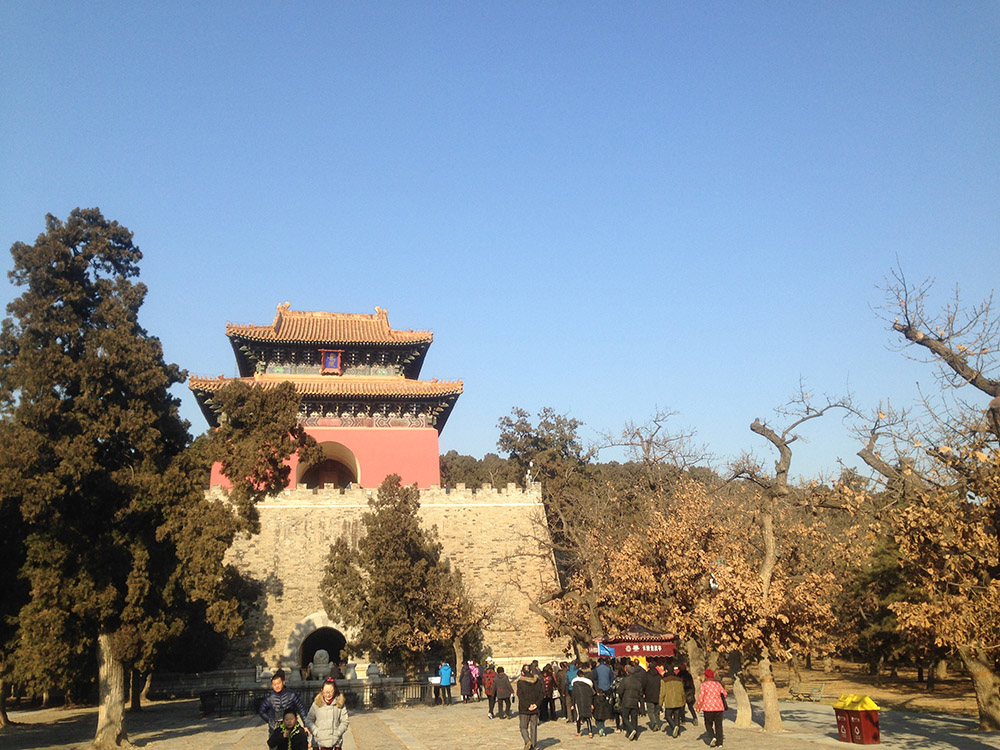
The Changling Tomb, one of the three tombs in the Ming necropolis that is open to the public.
I suggest you eat brunch/lunch at Mutianyu (or Badaling) before heading to your next stop, the Ming Tombs, because it’ll be difficult to get food around the burial locations of the Ming Dynasty emperors. Before you get to the necropolis proper, make sure to visit anywhere along the 7km stretch of the Shéndào (神道, lit. “Spirit Way”), the ceremonial road along which officials would approach the tombs. Only three of the 13 tombs are open to the public, and one of them, the Dingling Mausoleum, has a tragic story of excavation. A maximum of two hours can be allotted to this site.
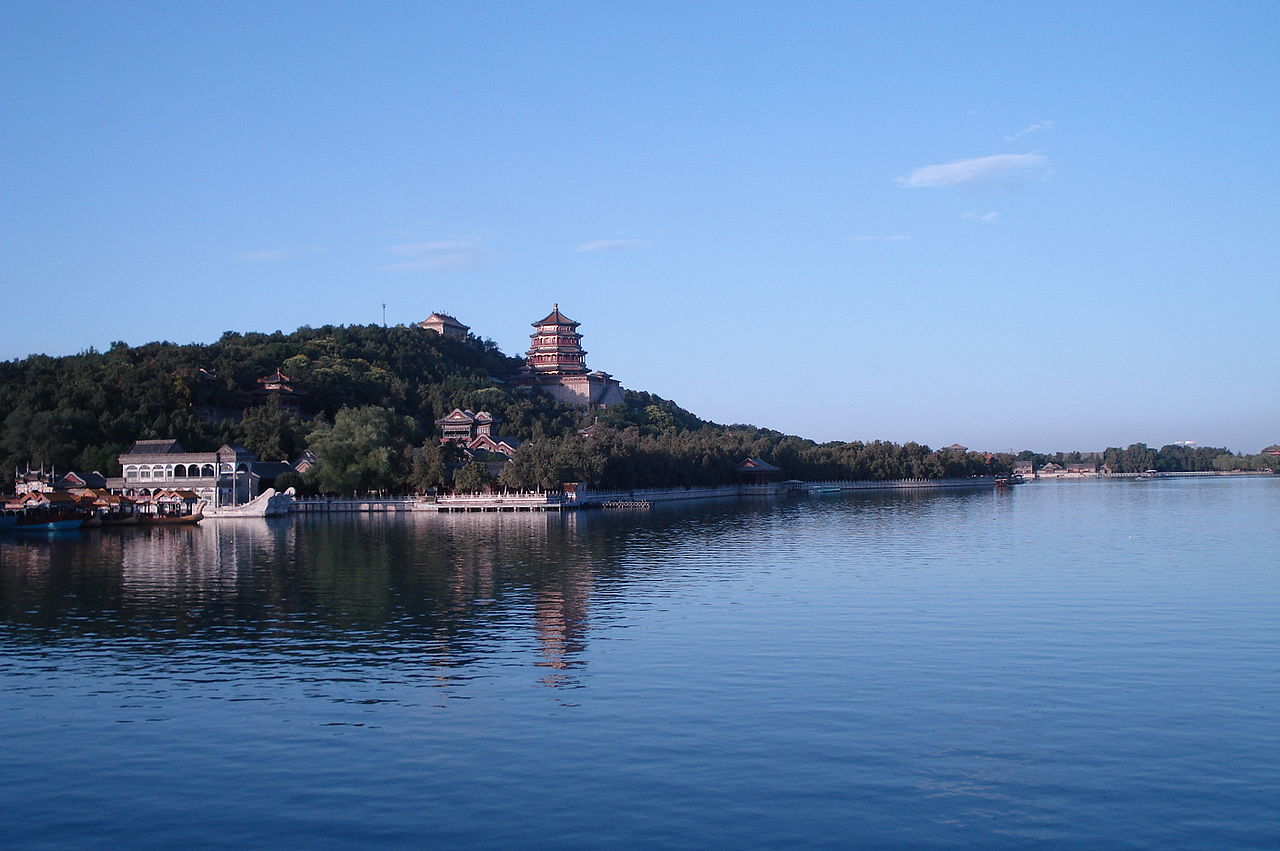
This peaceful vista overlooks the Longevity Hill.
By the time you reach your last stop, the Summer Palace, it will be around early or middle afternoon. This imperial garden built during the Qing Dynasty has an area of almost three square kilometers, three-quarters of which is covered by Kunming Lake. One of the main attractions is the Longevity Hill, dotted with ancient temples and Buddhist pagodas. After a relaxing afternoon stroll around the hill, head down to Nanhu Island and visit the 17-Arch Bridge where you can stay until the sunset comes. Let me tell you, the sunset vista on Nanhu Island is one of the most captivating natural sights you’ll ever see in Beijing.
If you have more time: Scrap the usual tour of the Great Wall and spend a whole day hiking (and camping). Great Wall hiking tours usually happen in the less-touristy sections of Jinshanling, Jiankou (the “wild”), or Huanghuacheng (the “Lakeside”). I visited the latter twice: camping overnight at a tower in July 2017 and touring around the submerged wall section in January 2017, and these experiences made me appreciate more of this ancient Chinese wonder.
Day 3: Zhoukoudian (Peking Man Discovery Site) → Shihuadong Rock Formations → Marco Polo Bridge
The last of the six World Heritage Sites in Beijing is perhaps the most difficult to get to because of its distance, but it is part of a wider geopark complex in the southwestern district of Fangshan. The major sites are accessible via public buses but the long travel and waiting times will make it more of a hassle than a proper trip. Renting a vehicle is your best option for this.
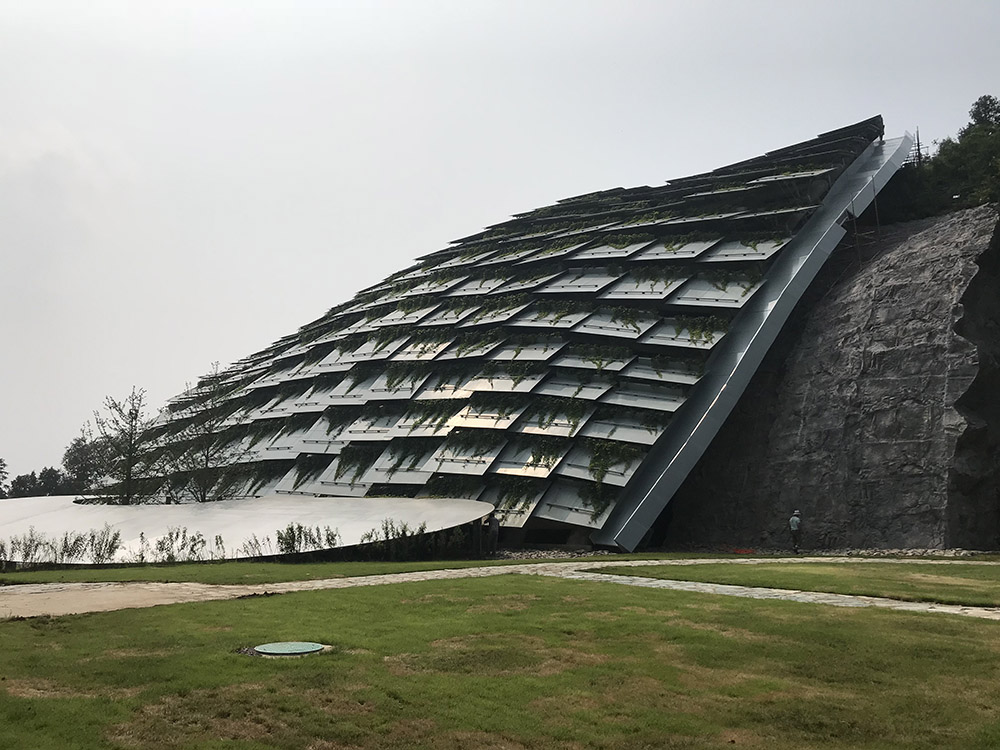
This sci-fi-looking architecture is actually a canopy that protects the excavation on the Upper Cave Man Site
Situated 85km southwest of the city center. Zhoukoudian is an extensive cave system and the discovery site of the specimens of Peking Man, believed by some to be ancestors of the Chinese people. Major parts of the cave system are closed for rehabilitation, including the Upper Cave Man discovery site of the first few Peking Man fossils. Fret not if you want to see more of the archaeological site, because the park ticket (RMB 30) includes a hike to the Longgu Hill where you can see replicas of the other mammalian species discovered in the site. The nearby Zhoukoudian Site Museum is open for public until 4pm every day except Mondays (RMB 30 entrance).
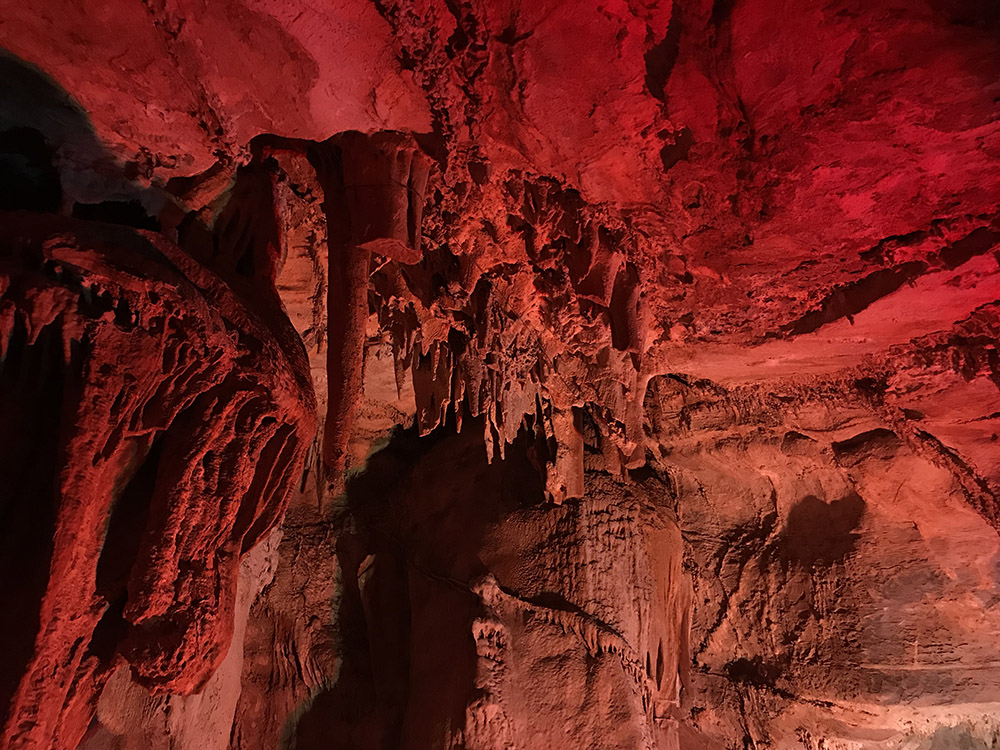
The Stone Flower Cave was originally called Qianzhen or Shifo Cave during the Ming Dynasty.
Whether or not Zhoukoudian is that optional item off your Beijing Bucket List, it’s still worth visiting as further north (around 30 min driving) will bring you to a fascinating destination: the Shihuadong or the Stone Flower Cave. The seven-layer underground cave system spans an area of 1.8 hectares and has spectacular halls full of different types of stalagmites, stalactites, and limestone pillars. Don’t miss the fourth underground layer where you can see the eponymous “stone flowers“, or newly formed stalagmites with needle-like appendages that resemble fresh snowflakes. Beyond that, the cave gets steeper. The cave is cool, at around 13-15 degrees Celsius all year long, so it’s a great destination during summertime.
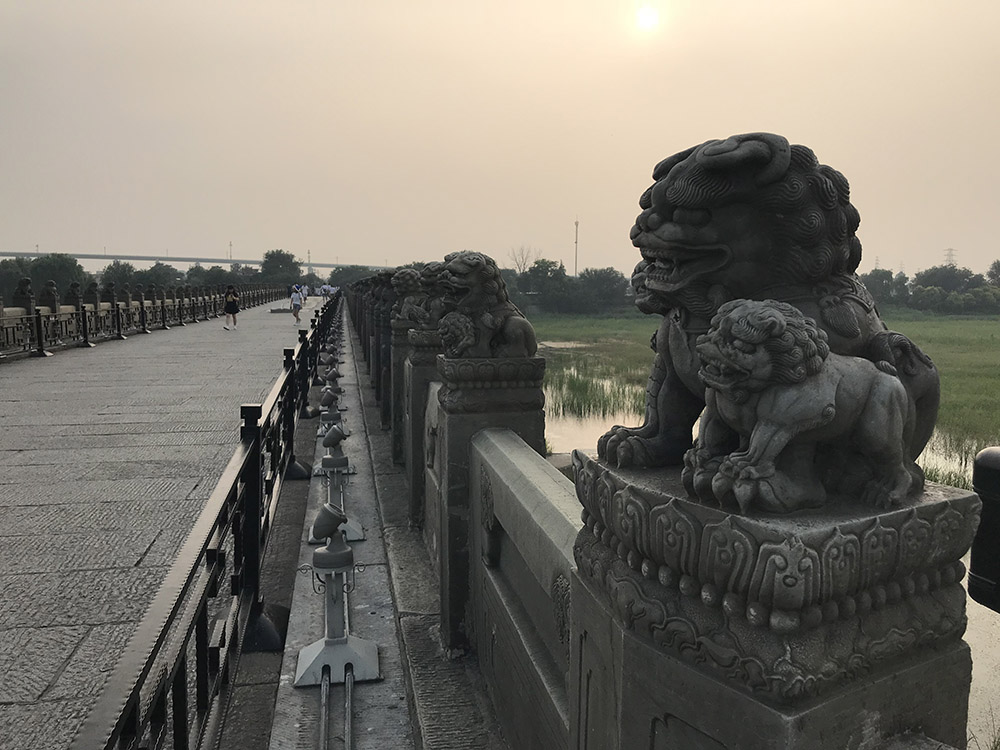
The Marco Polo Bridge features ornamental marble lions on top of granite pillars, designed to “impress” travelers to the old imperial city
Before you head back to the city center, finish the day by visiting another location which has stood the test of time. The stone Lugou Bridge captured the attention of Italian explorer Marco Polo, who described it as a “beautiful” and “unique” bridge owing to its arched architecture; a fair observation since it was built in the late 11th century. The Marco Polo Bridge, as it’s now known, is closed for big vehicles but remains an important cultural passageway. In recent history, the bridge is known as a flashpoint where the Sino-Japanese War broke out. There are more points of interests in the area; just east of the bridge is Wanping town, where a giant lion is erected to commemorate the victory of the Chinese forces in the Sino-Japanese War.
Next in our Beijing Bucket List, Transit Visa Series: Get your cameras ready because we’ll take a look at some of the city’s Instagrammable sights.
Photos: 北京人说北京事儿 via Weibo (DC Heroes at Temple of Heaven), Zhangzhe0101 via Wikimedia Commons, Andy Penafuerte III

